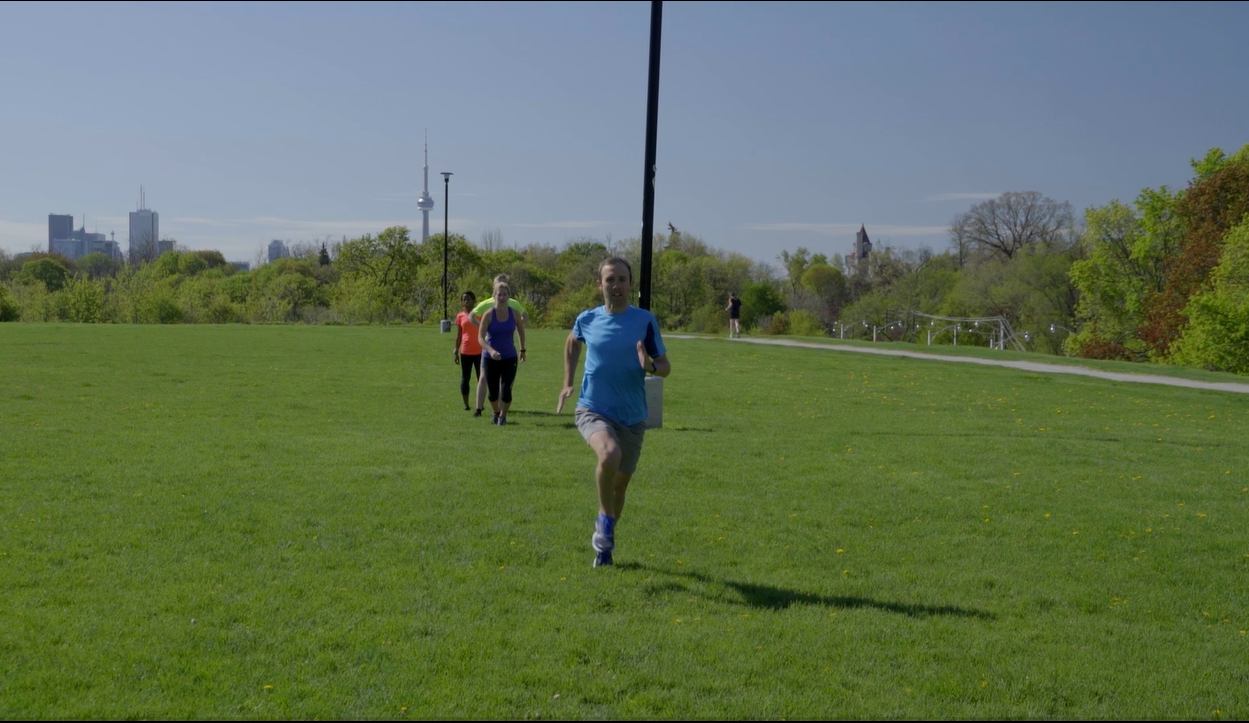MEC Running video series: Episode 3 – Speed work
Mountain Equipment Co-op in partnership with Canadian Running magazine present a six-part video series outlining basic training principles and running advice.

The third episode in the series introduces speed work, an essential type of training for those wanting to race faster. When done safely, speed work can also be a lot of fun too.
RELATED: MEC Running video series: Episode 1 – Tempo Runs
RELATED: MEC Running video series: Episode 2 – Hills
What is speed work?
Speed work and speed training can refer to many different things. For our purposes, it simply means running at faster paces than what you’re normally used too.
True speed training often refers to one’s top end/”all-out” speed and is best accomplished through weekly strides or hill sprints, often done at the end of an easy run. But more relevant to the average runner, speed training means running at a variety of faster paces, usually at or around goal race pace. This type of training specifically targets the energy systems needed to maintain those paces for prolonged periods and also makes those paces feel more comfortable while teaching the body to run more efficiency.

How is it done?
There are endless options when it comes to doing speed work but the basic components are always the same. 1) Start with a warm-up of some very easy running– aim for 5-20 minutes. 2) Do some dynamic running drills and strides. 3) Run intervals of varying length or distance at a faster pace (such as race pace) taking 4) a short break to recover by walking or jogging slowly in between. Repeat until desired. Finally 5) do a 5-15 minute cool-down of easy running to prime the recovery process.
The most common examples of speed training workouts include 200m, 400m and 800m repeats on a track (ideal for those training for a 5 or 10K) and longer intervals such as 1K, 1 mile (1,600m), 2K and sometimes even longer on the roads (ideal for half- and marathon training). In all cases, speed work should be run at a pace that is faster than a typical easy run. Usually, the paces will be your current or goal race pace.
A few workout examples:
5K workout: 10 minute warm-up – 8-10 x 400m@5KP with 200m easy between – 10 minute cool-down
10K workout: 10min WU – 6-8 x 800m@10KP with 400m easy between – 10min CD
Half-marathon workout: 10min WU – 5-6 x 1 mile @HMP w 800m easy between – 10min CD
Marathon workout: 10min WU – 6-8 x 2K@MP with 1K easy between – 10min CD
RELATED: Workout Wednesday: Get on track for faster 5K and 10K races
Equally as important as the distance and pace of speed work, is the time you take in between hard efforts. Recovery breaks should be short enough to allow for some recovery but no so long as to eliminate the training effect. You should always aim to pace yourself correctly and should be able to complete the final interval as fast as the first one so try not to start out too quickly.
Any type of speed work is going to be demanding on your body so it’s important to take a few easy days both before and after you do it to rest and recover. Doing speed work once or twice a week and gradually increasing the number of intervals over time is the surest and safest way to get fitter and faster.


